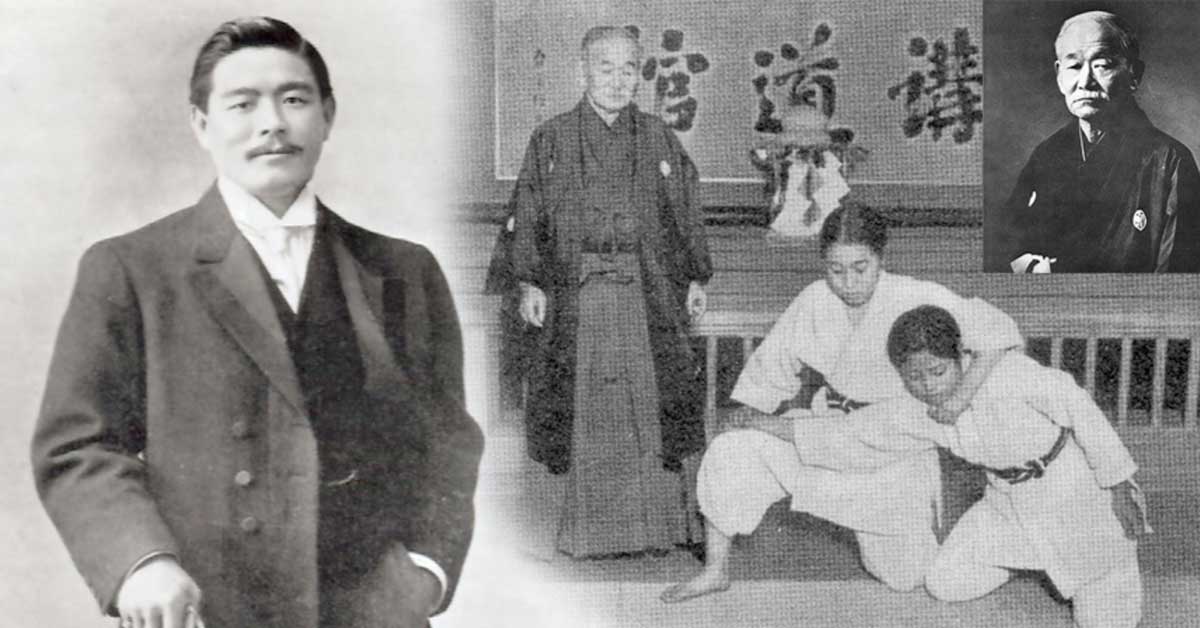THE HISTORY OF JIU-JITSU
Jujitsu is a martial art that utilizes the flow of force to attack opponents, making it possible for even individuals with lean physique to excel. Regardless of gender, people can spar and apply practical self-defense techniques in Jiujitsu.
Jiujitsu is an incredibly practical martial art in real-life situations, and to understand why, we need to delve into the history of Jiujitsu.
There are various theories regarding the origin of Brazilian Jiu-Jitsu (BJJ), often regarded as the world's premier martial art for practical combat. Among these theories, the most credible one suggests that it originated from Japanese Judo. Maeda Mitsuyo, a student of Kano Jigoro, the founder of Judo, traveled the world engaging in fights with practitioners of other martial arts, essentially 'breaking their schools.' However, this was done without his teacher's permission. Consequently, Maeda decided to use the term ‘柔術JuJutsu’ instead of Judo and settled in Brazil in 1914, continuing to challenge various martial artists.
[Maeda Mitsuyo who is the left and Kano Jigoro who is the right in the picture]
The Gracie family of Brazil played a pivotal role in Maeda's settlement. In gratitude for their support, Maeda introduced the art of JuJutsu to the Gracie family. The name changed because the pronunciation of the Japanese term 'JuJutsu' was adapted to Brazilian pronunciation, becoming ‘Jiu-Jitsu’ and then 'Jiu-Jitsu' in English.
Martial arts like Judo and Taekwondo, while powerful in actual combat, have evolved into sports with regulated rules and competitions. In contrast, Jiu-Jitsu, based on Judo, focuses on techniques such as joint locks, pins, and strangles, which can cause joint injuries or strangulation in real-life situations. Therefore, Jiu-Jitsu is considered a textbook for mixed martial artists (MMA fighters) as it provides essential skills in mixed martial arts.
The core principle of Jiu-Jitsu is maintaining balance while using an opponent's force against them. The leverage principle is quite straightforward: it involves subduing a greater force with minimal effort.
In practice, this concept was epitomized by Helio Gracie, a member of the Gracie family. Despite his small stature (172 centimeters and 63 kilograms), Helio Gracie developed Jiu-Jitsu as a rational martial art to overcome physical weaknesses. He not only defeated numerous strong opponents but also captured the imagination of Brazilians by defeating much larger opponents.
Currently, organizations like the FBI, CIA, Ranger, Delta Force, and Navy SEALs include Jiu-Jitsu as a mandatory training component.
If you have a lean physique but want to fight effectively, Jiu-Jitsu is recommended.
If you want to spar and test your skills, Jiu-Jitsu is recommended.
If you want to learn self-defense, Jiu-Jitsu is recommended.
If there are skeptics who doubt Jiu-Jitsu, quietly approach them from behind and try choking them out—they might change their minds.
BJJ Lineage: Mitsuyo Maeda > Carlos Gracie > Helio Gracie > Rolls Gracie > Romero Cavalcanti > Roberto Traven > Phillip Smith > Robert Howell > James Kang
